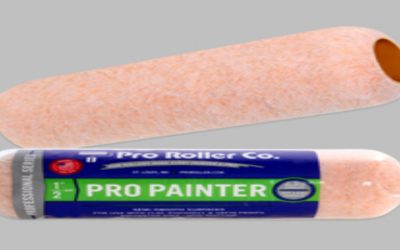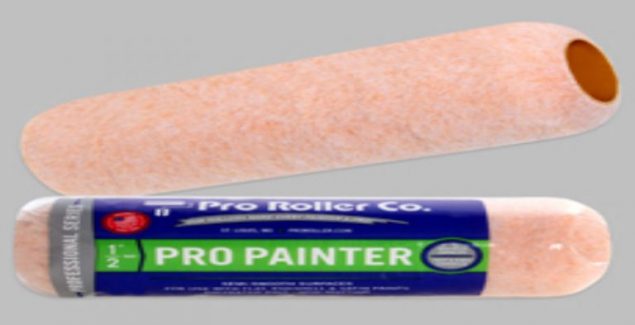When it comes to painting, achieving a smooth and flawless finish is often the ultimate goal. One tool that has gained popularity among both professional painters and DIY enthusiasts for its ability to deliver such results is the High-Density Foam Paint Roller. This article will explore the benefits of using this particular type of roller, how it works, and tips for getting the best results.
Understanding the High-Density Foam Paint Roller
The High Density Foam Paint Roller is specifically designed to provide a smooth, even application of paint, minimizing the appearance of brush strokes and roller marks. Unlike traditional rollers, which can sometimes leave a textured finish due to their nap, foam rollers are made from a single piece of high-density foam. This design allows them to glide effortlessly over surfaces, depositing an even layer of paint.
Benefits of Using a High-Density Foam Paint Roller
• Smooth Finish: The foam’s uniform texture ensures a consistent application, which is especially beneficial when working with gloss or semi-gloss paints that highlight imperfections.
• Reduced Splatter: The foam material absorbs paint effectively, reducing the chances of splatter that can occur with more fibrous rollers.
• Versatility: Suitable for a variety of surfaces, including walls, ceilings, and furniture, these rollers can be used with different types of paints, from water-based to oil-based.
• Ease of Use: Lightweight and easy to handle, foam rollers are ideal for both large and small projects, making them a versatile addition to any painter’s toolkit.
How to Use a High-Density Foam Paint Roller
To achieve the best results with a high-density foam paint roller, follow these simple steps:
1. Preparation: Before starting, ensure that your surface is clean and free of dust or grease. This will help the paint adhere better and provide a smoother finish.
2. Loading the Roller: Dip the roller into the paint tray, ensuring it is evenly coated. Avoid overloading the roller to prevent drips and uneven application.
3. Application Technique: Begin painting by rolling the foam roller in a ‘W’ or ‘M’ pattern on the surface. This technique helps distribute the paint evenly. Follow up with long, even strokes to smooth out any marks.
4. Maintenance: After use, clean the roller thoroughly with the appropriate solvent for the type of paint used. Proper cleaning will extend the life of the roller and maintain its performance.
For more details on selecting the right foam roller for your project, visit this High Density Foam Paint Roller page.
Tips for Optimal Results
• Select the Right Size: Choose a roller size that matches your project. Smaller rollers are perfect for tight spaces and detailed work, while larger rollers are ideal for covering extensive areas quickly.
• Test Before Applying: Always test the roller on a small section to ensure the paint finish meets your expectations.
• Layering: For deeper color and coverage, apply multiple thin layers rather than one thick coat. This approach minimizes drips and provides a more professional finish.
Utilizing a high-density foam paint roller can significantly enhance the quality of your painting projects, delivering a smooth, professional finish with ease. By understanding how to properly use and care for these rollers, you can ensure that your walls, furniture, or any painted surfaces meet your aesthetic expectations. Whether you’re a seasoned painter or a weekend DIYer, incorporating this tool into your painting arsenal is a step towards achieving impeccable results every time.


